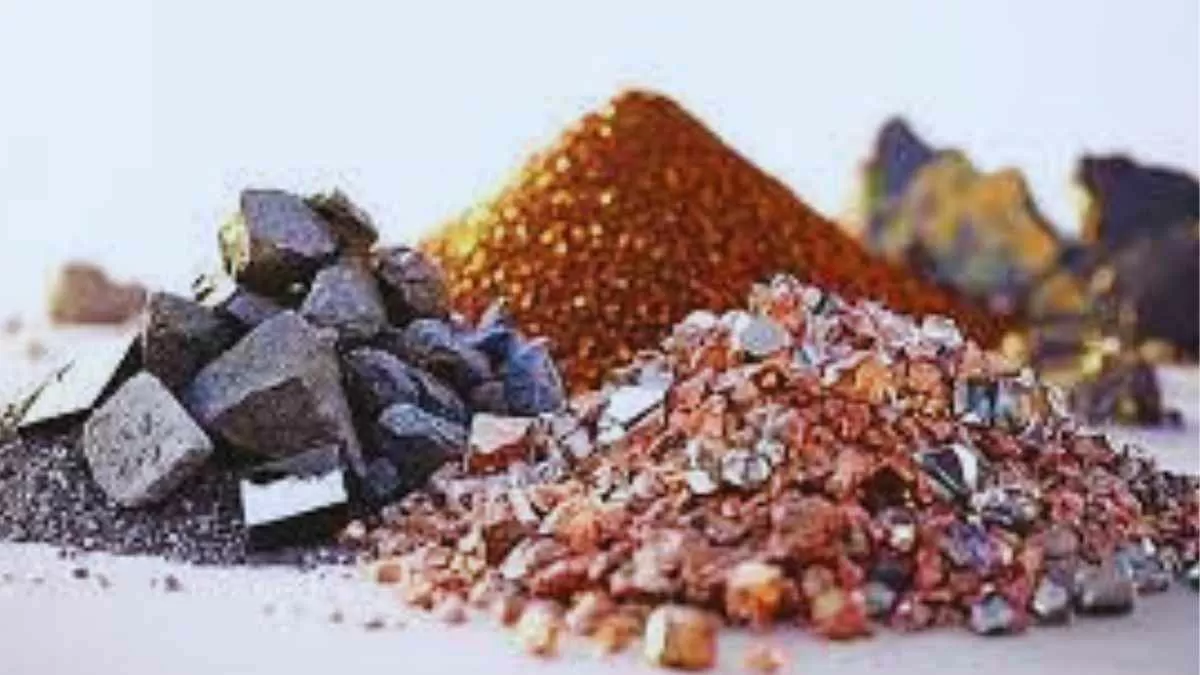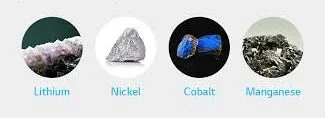Table of Contents

Introduction
In June, the Ministry of Mines in India launched the fourth tranche of the critical minerals auction, offering 21 blocks across 14 states. To incentivize exploration, the ministry announced a scheme to reimburse up to Rs 20 crore in exploration expenses for license holders. This move signifies a strategic push towards securing essential raw materials crucial for economic growth and national security.
Understanding Critical Minerals
Critical minerals are raw materials essential for various high-tech industries and renewable energy technologies. These minerals are typically rare, difficult to mine and substitute, and vulnerable to supply chain disruptions due to limited global production and geopolitical factors. The increasing demand for these minerals, driven by technological advancements and the global transition to green energy, underscores their critical importance. Securing a stable supply of critical minerals is thus a strategic priority for many countries to ensure economic stability and technological progress.
Examples of Critical Minerals

Lithium
Lithium is essential for lithium-ion batteries used in electric vehicles (EVs), consumer electronics, and energy storage systems. According to the US Geological Survey (USGS), Australia and Chile have the largest reserves of lithium in the world.
Cobalt
Cobalt is crucial for battery production, aerospace components, and other high-strength alloys. The Democratic Republic of Congo (DRC) is the largest global supplier of cobalt, possessing almost half of the world’s cobalt reserves.
Graphite
Graphite is key for batteries, fuel cells, and high-temperature applications. In 2023, China had the largest reserves of natural graphite, approximately 78 million metric tons.
Nickel
Nickel is important for stainless steel production and battery manufacturing. Australia and Indonesia boast the largest reserves of nickel globally.
Rare Earth Elements (REEs)
REEs are vital for manufacturing electronics, magnets, and military applications. China holds the majority of the world’s REE reserves, estimated at 44 million metric tons. Other significant reserves are found in Vietnam, Russia, and Brazil.
Critical Minerals Reserves: A Global and Indian Perspective
India lacks reserves of critical minerals like nickel, cobalt, molybdenum, rare earth elements, neodymium, and indium. Additionally, the country’s requirement for copper and silver exceeds its current reserves, resulting in a 100% import dependence for minerals like lithium, cobalt, and nickel.
The Importance of Critical Minerals
Minerals such as copper, lithium, nickel, cobalt, and REEs are essential for the world’s ongoing efforts to switch to greener and cleaner energy. The International Energy Agency (IEA) states that the goal to limit global warming to 1.5 degrees Celsius would lead to rapid growth in demand for these minerals. By 2040, the demand for copper is expected to rise by 50%, double for nickel, cobalt, and REEs, quadruple for graphite, and eightfold for lithium, which is crucial for batteries.
Government Initiatives to Explore Critical Minerals
Recognizing the risks of relying on a few countries for mineral supplies, the Indian government amended the Mines and Minerals (Development and Regulation) Act, 1957, to allow mining concessions for 24 critical minerals. This led to the launch of auctions for 20 mineral blocks, including a lithium block in Jammu and Kashmir. However, initial investor interest was low, resulting in the cancellation of most auctions due to a lack of bidders. The first successful auctions resulted in six winners for blocks in Odisha, Tamil Nadu, Uttar Pradesh, and Chhattisgarh. The results of subsequent auction rounds are still pending, and a fourth tranche, including 10 re-offered blocks, has been initiated.
Challenges in Attracting Miners
Despite the government’s efforts, some blocks have not found takers due to a lack of adequate data on the potential reserves buried within them. Technological challenges also affect outcomes. For instance, the lithium block in Jammu and Kashmir has clay deposits, and the technology for extracting lithium from clay remains untested globally.
The Future of Domestic Production
The commercialization of India’s domestic mineral blocks is still in early exploration stages and is unlikely to yield significant benefits by 2030, according to ICRA. To mitigate this risk, the Indian government is encouraging exploration and attracting more miners. Additionally, India is acquiring overseas mineral assets, such as a lithium brine mine in Argentina, through a joint venture called Khanij Bidesh India Limited. India has also joined the U.S.-led Mineral Security Partnership, which includes major buyers and sellers of critical minerals, to further secure its mineral supply.
Conclusion
India’s strategic move towards securing critical minerals is a significant step in ensuring economic stability and technological progress. By incentivizing exploration and acquiring overseas assets, the government aims to reduce import dependence and secure a stable supply of these essential raw materials. However, the journey is fraught with challenges, including inadequate data on potential reserves and technological hurdles. Despite these obstacles, the concerted efforts by the Indian government highlight the importance of critical minerals in the country’s economic and national security strategy.
FAQS
Q1: What are critical minerals?
Ans: Critical minerals are raw materials essential for economic and national security, often used in high-tech industries and renewable energy technologies. They are typically rare, difficult to mine and substitute, and often vulnerable to supply chain disruptions due to limited global production and geopolitical factors.
Q2: Why are critical minerals important?
Ans: Critical minerals are essential for manufacturing batteries, electronics, aerospace components, and renewable energy technologies. Their stable supply is crucial for economic stability, technological progress, and the global transition to green energy.
Q3: Which critical minerals are most in demand?
Ans: Some of the most in-demand critical minerals include lithium, cobalt, graphite, nickel, and rare earth elements (REEs). These minerals are vital for batteries, electronics, high-strength alloys, and renewable energy technologies.
Thank you for your sharing. I am worried that I lack creative ideas. It is your article that makes me full of hope. Thank you. But, I have a question, can you help me? https://www.binance.com/en-IN/register?ref=UM6SMJM3
Your point of view caught my eye and was very interesting. Thanks. I have a question for you.